Chapter: 11th Microbiology : Chapter 7 : Morphology of Bacteria
Size, Shape and Arrangement of Bacteria
Size, Shape and Arrangement of
Bacteria
Size of Bacteria
Bacteria are minute living bodies and represent one of the
lowest orders of living cells. The determination of size of the different forms
is originally carried out by comparison with known RBC. A more accurate
estimation is now obtained by the use of a special micrometer eye-piece,
containing a graduated scale. The unit of measurement of bacteria is called
micron (μ or μm). 1 micron is equal to 1 thousand of millimeter. Resolution of
unaided eye is 200μm. The size of bacteria is constant but depends upon
environmental and growth condition. Medically important bacteria ranges from
0.2 – 1.5 μm in diameter and 3-5μm in length (Figure 7.2).
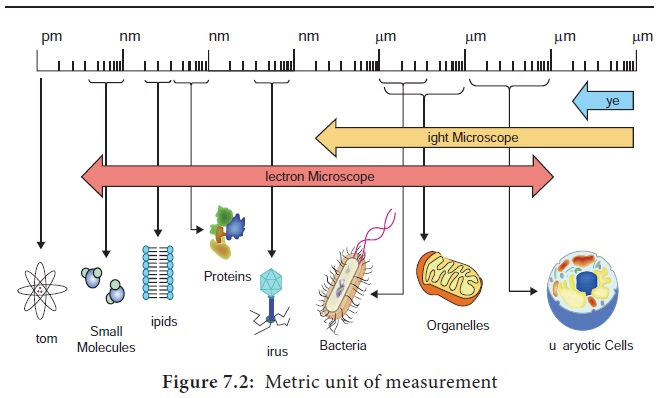
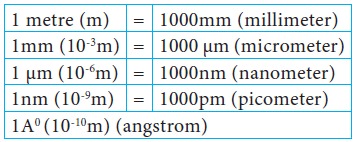
Cell Shape and Arrangement of Bacteria
The shape of a bacterium is governed by its rigid cell wall. Typical
bacterial cells are spherical (called cocci), straight rods (called bacilli)
and helically curved rods (called spiral). These shapes are constant for the
particular species or genus but there are bacterial cells that are pleomorphic
in nature. They exhibit a variety of shapes.
·
Cocci appear in several characteristic arrangements, depending
on the plane of cellular division and whether daughter cells remain together
with the parents even after cell division. The cells may occurs in pairs
(diplococci), in groups of four (tetracocci), in clusters (Staphylococcus), in a bead like chain (Streptococci) or in cuboidal arrangement of cells (Sarcinae).
·
Bacilli are rod shaped organism (Singular, bacillus = stick)
usually ranging between 1 and 10 μm in length. Some bacilli are so short and
stumpy that they appear ovoid and are referred to as coccobacilli. Bacilli are
not arranged in patterns as complex as those of cocci and mostly occur as
singles or in pairs (diplobacilli, Example: Bacillus
subtilis) or in the form of chains (Streptobacilli).
Some form trichomes, which are similar to chains. In other Bacilli
such as Corynebacterium
diphtheria the cells are lined
side by side like matchsticks (pallisade arrangement). Some bacilli are curved
into a form resembling a comma. These cells are called vibrios as in Vibrio cholera.
·
Spiral bacteria: They are divided into two groups, spirilla
(singular spirillum) and spirochetes (agent of syphilis). Although these two
are similar in shape spirochetes are flexible in nature. Spiral bacteria are
far too thin to be seen with the standard Brightfield microscope but are
readily observed by Darkfield microscope (Figure7.3).
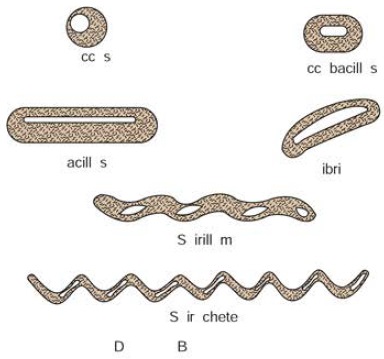
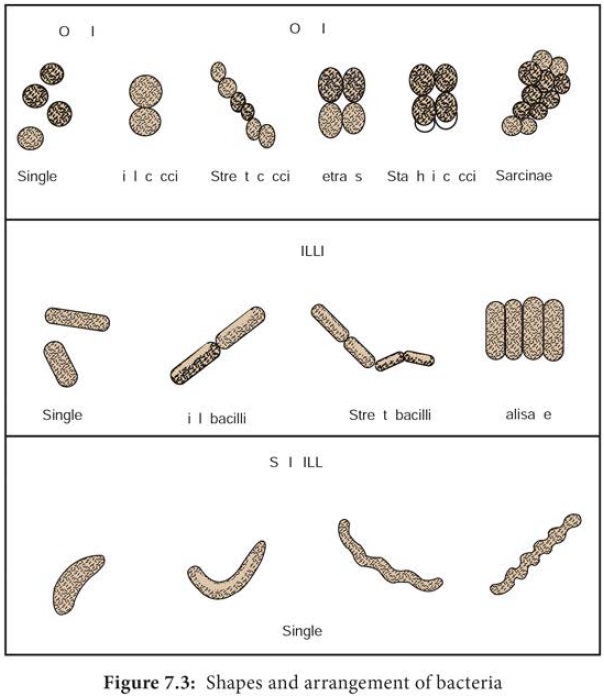
Filamentous bacteria
Bacteria tend to form long strands composed of many cells. In
these cases, an occasional single cell may be seen after it breaks away from a
long filament. These organisms resemble the threadlike strands of fungi but
their internal structure is typical of bacteria. Filamentous soil bacteria
include Streptomyces species.
Pleomorphic bacteria
A few bacteria lack rigid cell walls, and their flexible plasma
membrane allows them to change shape. These are called pleomorphic bacteria (pleo-more;
morph-form). Example: Mycoplasma.
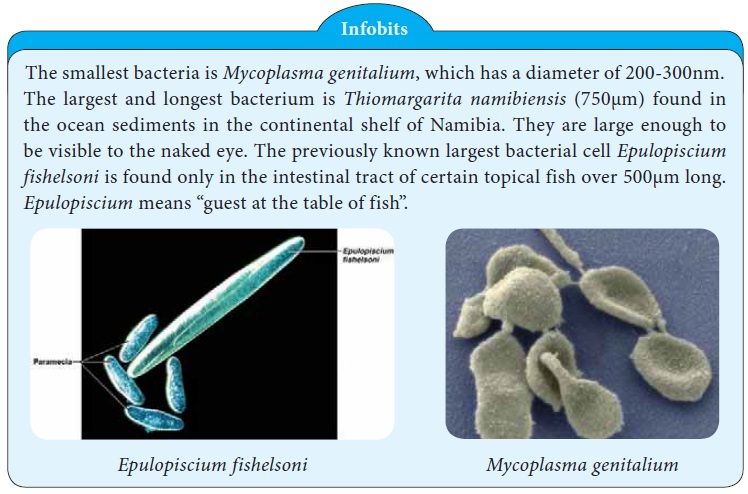
Related Topics